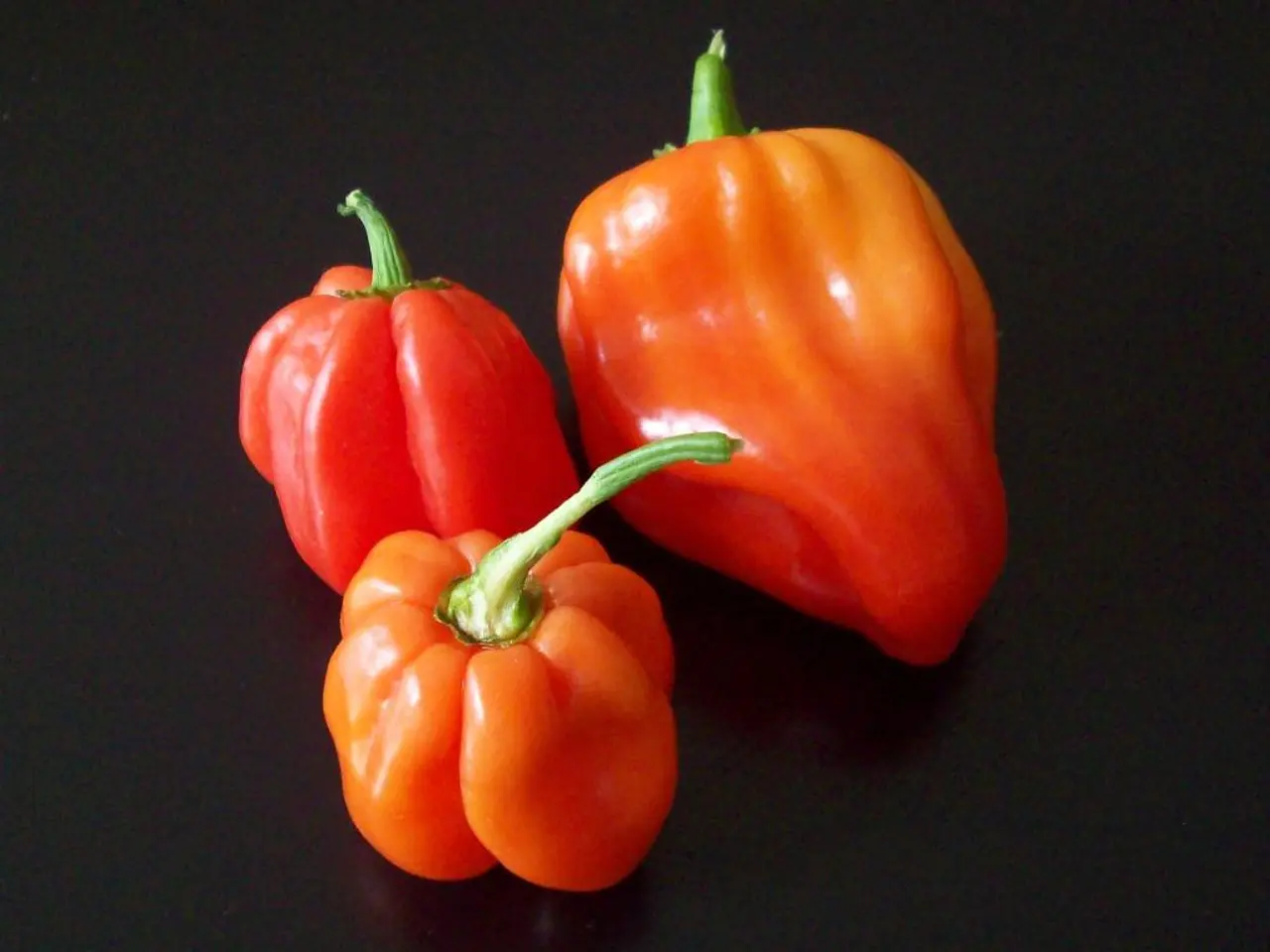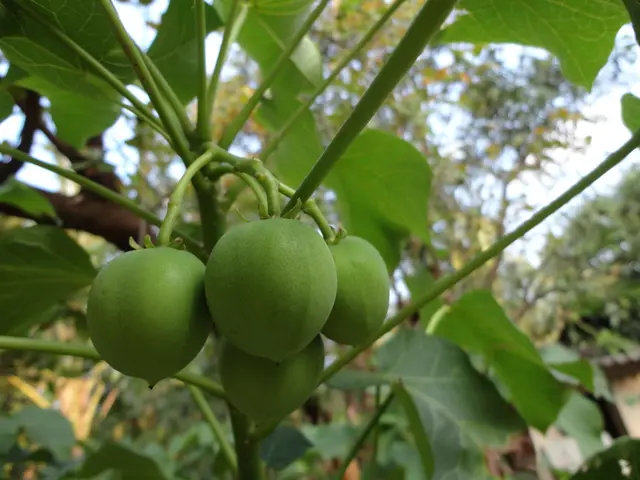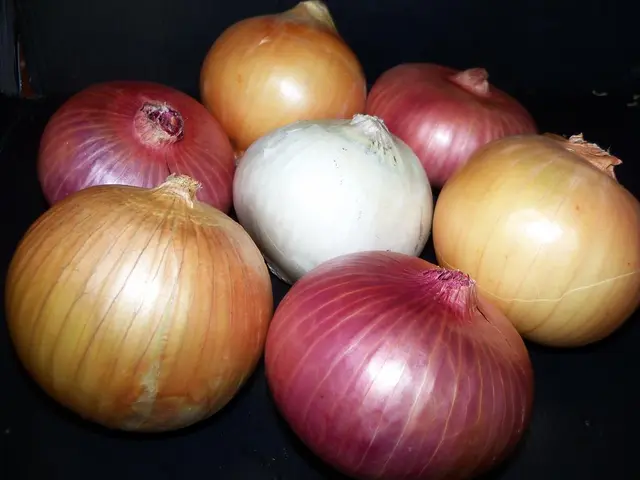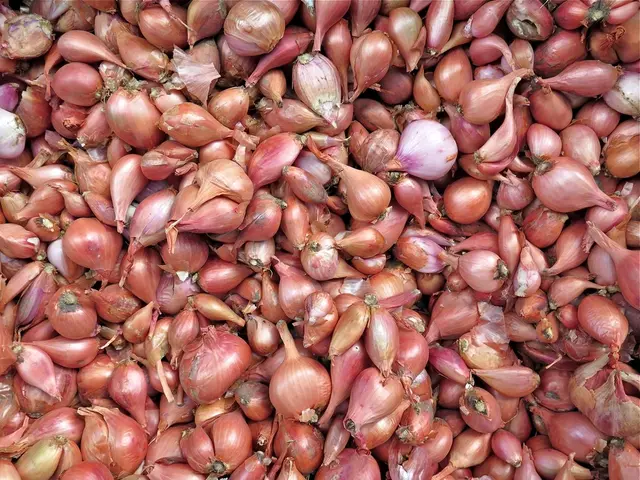Ideal Soil Compositions for Vibrant Chilli Growth
In the world of gardening, growing chilli plants is a popular pastime for many. To ensure a bountiful harvest, understanding the ideal soil composition is crucial. Here's a breakdown of the key factors that contribute to a flourishing chilli garden.
Firstly, the soil pH plays a significant role. Chilli plants prefer a slightly acidic to neutral soil pH, ideally between 6.0 and 6.5. However, some sources suggest an acceptable range can extend up to 7.0 or even 5.5-8 in certain cases. This pH range promotes optimal nutrient availability and root health.
The soil type should be well-draining and nutrient-rich. Medium to sandy soils with good aeration are best, as chillies are sensitive to both drought and waterlogged conditions. For garden planting, amending soil with organic compost, aged manure, or well-rotted plant matter improves fertility, structure, and moisture retention.
For potted chillies, a high-quality potting mix containing components like peat moss, coconut coir, perlite, and organic fertilizers is recommended. Adding bone meal or rock phosphate supports strong root development.
Consistent moisture is essential for chilli plants, especially during hot and dry periods. However, the soil must not stay overly wet. Overwatering can harm the plants due to poor root oxygenation. Water at the base to keep foliage dry and reduce disease risk. Maintaining soil moisture without waterlogging is crucial as chillies dislike drought stress yet are sensitive to excessive irrigation.
Before planting, it's recommended to conduct a soil test to adjust pH and nutrient levels accordingly and address any deficiencies. For potted plants, vermiculite can be added to potting mixes to improve aeration and moisture retention while maintaining a neutral pH.
In summary, the combination of slightly acidic, well-aerated, nutrient-rich soil maintaining steady moisture levels forms the foundation for healthy and productive chilli plants in both containers and garden beds. With the right soil conditions, your chilli plants are sure to thrive and provide you with a plentiful harvest.
Happy gardening!
**References:**
[1] University of California, Agriculture and Natural Resources. (2021). Chilli Peppers. Retrieved from
[2] Royal Horticultural Society. (2021). Chilli Peppers. Retrieved from
[3] Gardening Know How. (2021). Growing Chilli Peppers. Retrieved from
[4] The Spruce Eats. (2021). How to Grow Chili Peppers. Retrieved from
- To maintain optimal health and wellness, it's worth considering gardening as a lifestyle choice, particularly with regards to cultivating chilli plants.
- If you're passionate about fitness-and-exercise and searching for a novel challenge, growing and nurturing chilli plants could be an expansive exploration of home-and-garden projects, like gardening.
- As you delve deeper into the world of gardening, remember that science plays a crucial role in understanding the right soil composition for a flourishing chilli garden, contributing to a fulfilling lifestyle that encompasses chilli gardening, health-and-wellness, fitness-and-exercise, and home-and-garden pursuits.








